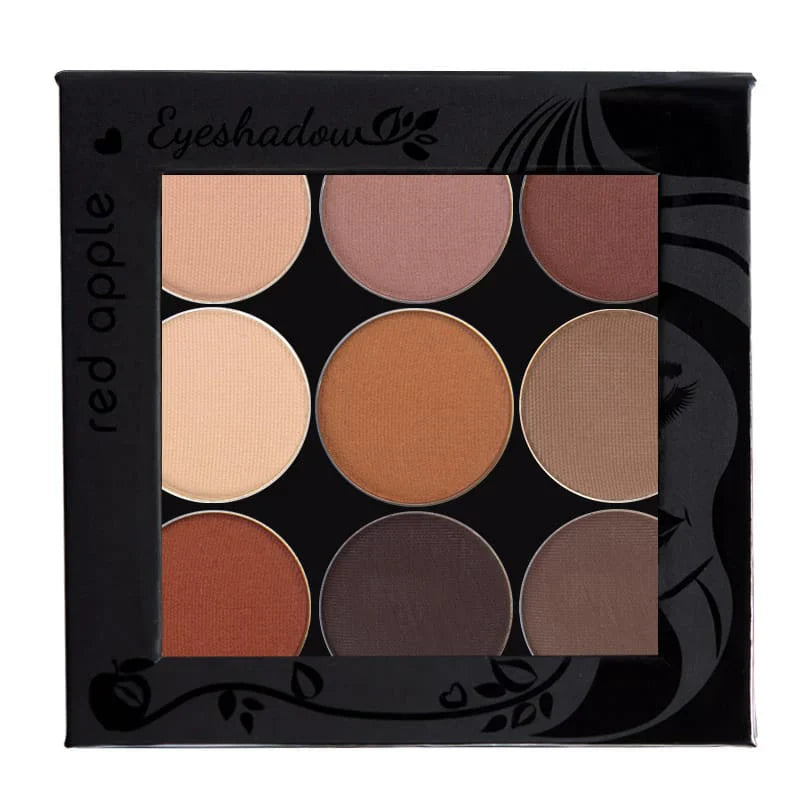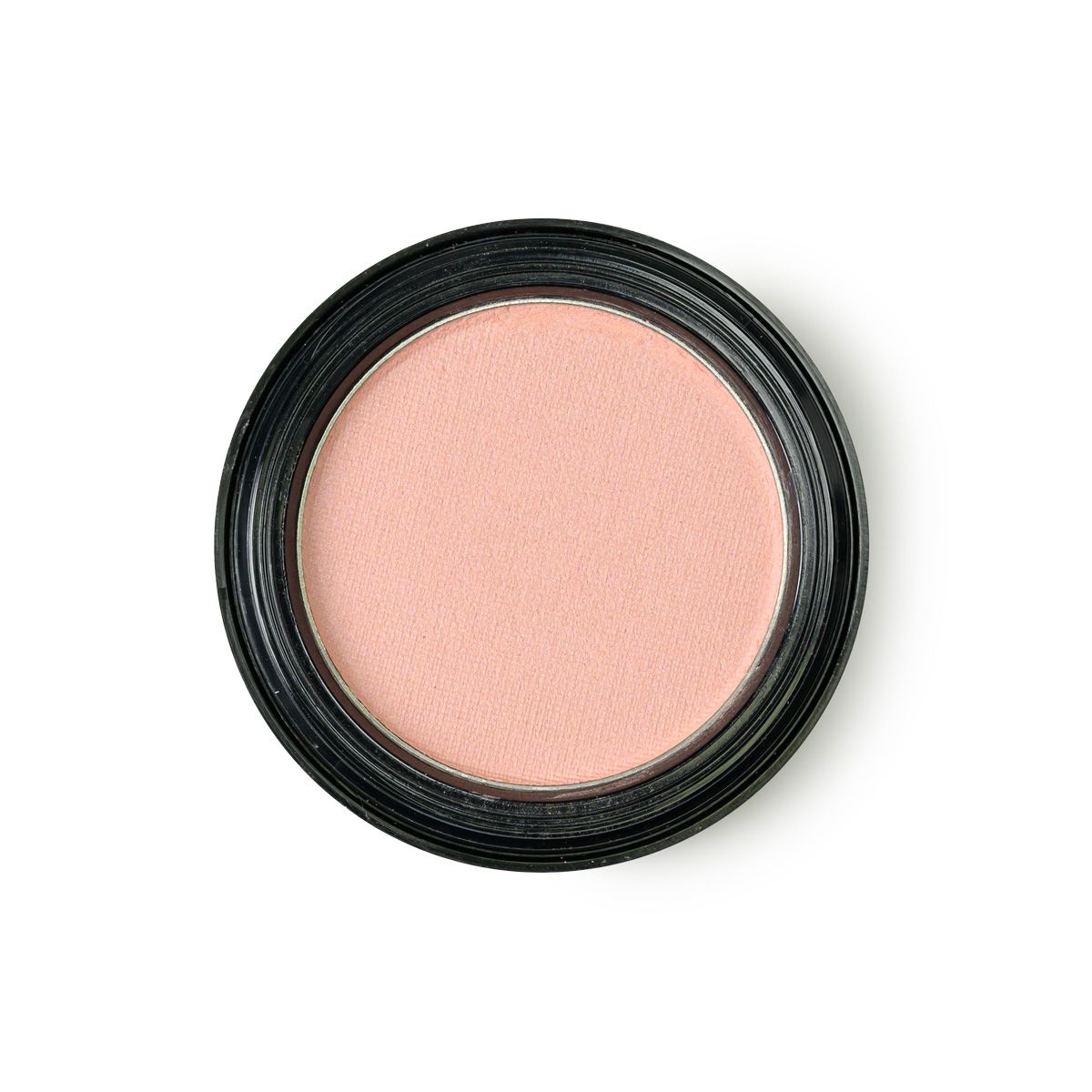Table of Contents
Introduction

Do you avoid wearing lipstick because it clings to dry patches or worsens chapped lips? For women over 40, finding a lipstick that hydrates, smooths, and flatters mature skin can feel impossible.
As skin ages, lips lose natural moisture and collagen, making them prone to cracking, feathering, and irritation from harsh formulas. But the right lipstick can do more than add color—it can nourish, protect, and restore confidence.
Let’s explore how to choose lipsticks that work with your skin, not against it, and deliver the hydration and radiance your lips deserve.
Why Lipstick Makes Dry Lips Worse (Especially After 40)
As we age, our lips undergo changes. Thinning skin, reduced oil production, and decreased collagen levels leave lips vulnerable to dryness and irritation. Harsh weather, medications, or even dehydration can exacerbate the problem.
Traditional lipsticks contain alcohols, preservatives, plasticizers, synthetic dyes, heavy synthetic waxes, and fragrances that strip moisture, settle into fine lines, or trigger sensitivity. For mature lips, these formulas can worsen existing dryness. The result? Many women abandon lipstick altogether, sacrificing color for comfort. But it doesn’t have to be this way.

After 40, the skin’s natural ability to retain moisture diminishes. Lips lose volume and definition, with vertical lines becoming more pronounced. Ingredients like menthol or camphor, often found in plumping glosses, can further dry out delicate lip tissue. Hormonal shifts during menopause reduce elasticity, making lips more susceptible to cracking.
Discover Hydrating Lipsticks →
Choosing the Best Lipstick for Chapped Lips: What to Look For
Selecting the best lipstick for chapped lips requires balancing hydration, comfort, and lasting color. A formula must address the unique needs of mature lips—thin skin, reduced moisture retention, and heightened sensitivity.
Hydrating Ingredients That Work
To heal and protect, mature lip formulas should combine science-backed hydrators:
- Emollients to Lock in Moisture: Shea Butter, Castor Seed Oil, Avocado Oil, and Jojoba Oil create a breathable barrier, penetrate deeply, and mimic natural sebum.
- Humectants to Attract Water: Coconut-derived Caprylic/Capric Triglycerides and Bis-Diglyceryl Polyacyladipate-2 bind hydration to the lip surface, keeping lips supple for hours.
- Antioxidants to Repair Damage: Vitamin E, Sunflower Oil, and Olive Oil neutralize free radicals, reinforce the skin barrier, and improve elasticity.
- Soothing Botanicals: Aloe Vera cools inflammation, while Sweet Almond Oil accelerates cell turnover without abrasion.
🌿 Nourish Your Lips Naturally 🌿
Gluten-Free • Vegan • Non-Toxic Lipstick Hydration
Ingredients to Avoid
For delicate, aging lips, steer clear of these irritants:
- Isopropyl Alcohol
- Synthetic Fragrances
- Menthol or Camphor
- Phenoxyethanol
- Sodium Lauryl Sulfate (SLS)
- Salicylic Acid
Always check labels—what works for younger lips often harms mature ones.
Creamy vs. Matte: Which Is Better for Dry Lips?

Matte lipsticks often contain drying alcohols and heavy waxes that accentuate cracks and lines. Creamy or satin finishes reflect light, flex naturally with lip movement, and infuse emollients like shea butter for all-day comfort. If you prefer matte, choose “comfort matte” hybrids with silicone and emollient waxes—and avoid any formula with SD Alcohol 40.
Hypoallergenic Options for Sensitive Skin
Hypoallergenic lipsticks remove fragrances, parabens, and gluten. Mineral pigments and natural waxes reduce redness and rebuild the lipid barrier—always patch-test first.
How to Apply Lipstick on Mature Lips for a Flawless Finish
Always Prepare Your Lips: Exfoliate and Moisturize
Exfoliate with a lip exfoliate stick (no messy bowls) and follow with a nourishing balm like Rallye Balm from Red Apple.
✨ Revitalize Your Smile ✨
Gentle Exfoliator for Soft, Smooth Lips
Avoid Feathering: Pro Application Tips
Line and fill lips with a creamy, waterproof pencil; apply lipstick with a brush; blot and reapply. For extra hold, press tissue and dust translucent powder, then topcoat sparingly.
Achieve Precision with the Right Tools
- Lip Brush: Our vegan lip brush’s angled tip blends pigment into fine lines for a blurred effect.
- Color-Lock with Liner: Fill vertical lines, prevent bleeding, and add subtle volume.
Enjoy Hydration and Color: Shop Our Best Lipsticks for Chapped Lips Now
Transform your lip care routine with formulas designed to heal while they color. From warm nudes to classic reds, our hydrating textures adapt to your lips’ needs and flatter mature tones.
Transform Dry Lips → Nourishing Colors Await!
Conclusion
- Buy Hydrating Formulas: Look for shea butter, hyaluronic acid, and jojoba oil.
- Avoid Ultra-Matte: Choose comfort mattes with emollients if you love a flat finish.
- Hydrate & Exfoliate Weekly: Use a rich balm daily and exfoliate 1–2× weekly.
Aging lips need more care, not less—embrace hydrating formulas and a simple routine for confident, radiant color.
FAQ Section
What ingredients should I avoid in lipsticks for chapped lips?
- Avoid Drying Alcohols (Isopropyl Alcohol, SD Alcohol 40): These evaporate quickly, stripping lips of natural oils and worsening flakiness.
- Skip Synthetic Fragrances/Parfum: Chemical blends that trigger inflammation and sensitivity.
- Steer Clear of Menthol, Peppermint, or Camphor: Cause rebound dryness and damage moisture barriers.
- Beware of Phenoxyethanol: Preservative that stings compromised or cracked lips.
- Ditch Sodium Lauryl Sulfate (SLS): Foaming agent that erodes the lipid matrix, accelerating dryness.
- Skip Salicylic Acid: Over-exfoliates fragile lip tissue, causing micro-tears.
What to Use Instead: Prioritize natural emollients (shea butter, jojoba oil), fragrance-free formulas, and soothing botanicals (aloe vera, calendula). Always check labels before buying!
Can I wear long-lasting lipstick if my lips are prone to dryness?
We don’t recommend traditional long-lasting lipsticks for dry, mature lips. Here’s why:
- Drying Alcohols & Rigid Formulas: Strip moisture and create a brittle layer that cracks.
- Trapped Dryness: Seal lips in a barrier that blocks balms from penetrating.
- Age-Accentuating Texture: Thick pigments settle into vertical lines, highlighting wrinkles.
Better Solutions for Dry Lips: Opt for creamy, hydrating lipsticks and reapply over a nourishing balm. Layer exfoliator and balm beforehand for extended wear naturally.
How often should I reapply lipstick on dry lips?
Hydrating lipsticks are designed to be reapplied frequently—think of them as a nourishing ritual for your lips. Here’s why:
- Continuous Moisture Boost: Layers emollients like shea butter and jojoba oil, reinforcing the barrier.
- Adapts to Lip Needs: Flex with movement for comfort even after multiple applications.
- Gradual Repair: Delivers antioxidants and humectants consistently, repairing skin over time.
Pro Tip: Pair with a gentle exfoliator and balm. Exfoliate 1–2× weekly, then apply balm before lipstick for smooth, even color.
Every touch-up is a self-care moment that keeps lips supple and radiant.
Are hypoallergenic lipsticks less pigmented?
No. Mineral-based pigments in hypoallergenic lipsticks provide rich, buildable color while being gentler on sensitive skin.
Can lipstick actually improve lips over time?
Absolutely. When formulated with reparative ingredients like:
- Butyrospermum Parkii (Shea Butter): Builds a barrier to lock in moisture.
- Simmondsia Chinensis (Jojoba Oil): Mimics natural lipids for suppleness.
- Tocopheryl Acetate (Vitamin E): Neutralizes free radicals, smoothing lines.
- Persea Gratissima (Avocado Oil): Delivers omega fatty acids to improve elasticity.
Consistent use:
- Strengthens the skin barrier with antioxidants from Sunflower Oil.
- Locks in hydration via Olive Oil.
- Reduces irritation with Aloe Vera.
Over weeks, lips appear fuller, feel silkier, and resist environmental stressors better—it’s skincare disguised as color.






